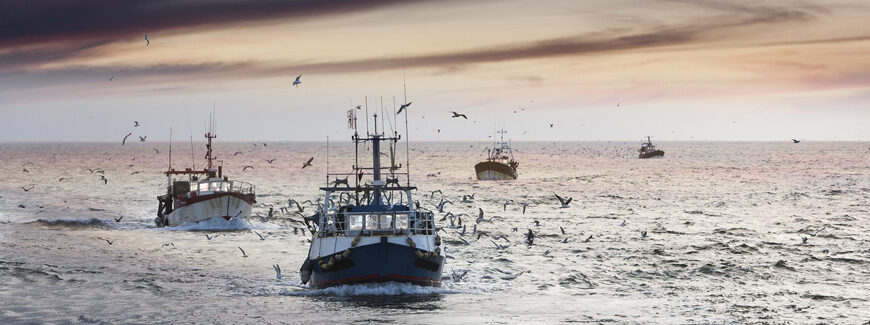This piece is reprinted with permission from the latest edition of the Wild Oceans Horizon newsletter.
Last year, the Pacific Fishery Management Council recognized that increasing climate variability and changing ocean conditions could adversely affect West Coast fisheries and communities and began Fishery Ecosystem Plan Initiative 4 to incorporate ecosystem information into council decision-making.
A primary objective is to develop clear pathways for connecting ecosystem science and management. This is a critical step for moving ecosystem-based fishery management from a scientific concept to Council commonplace. Given the Council has four fishery management plans and dozens of managed stocks with varying biological characteristics and degrees of data robustness, there is likely not a one-size-fits-all pathway to use ecosystem and climate information in management.
With this in mind, the Council began developing a risk classification table as one pathway to supplement stock assessments with climate and ecosystem information. A wide variety of ecological factors could be considered for inclusion in a risk classification table, including oceanographic drivers, changes in physical habitat, predator and prey dynamics, direct and indirect non-fishing effects (e.g., offshore wind facility development, construction-related habitat modification), and range shifts. If an indicator such as change in ocean temperature showed a high risk to stock productivity, it would signal a need to act more conservatively.
Ideally, indicators should track environmental and ecosystem properties that are important because they have a plausible connection to the stock. Indicators could include direct forcing variables that science has linked to the stock’s population dynamics or indirect indicators that inform a population process. An example of the former is the effect of temperature on recruitment, while an example of the latter is the fledgling success of a bird species that preys on the stock (e.g., brown pelican fledgling success linked to the anchovy population).
Indicators should track not only the ecosystem impact on the stock, but the fishery impact on the ecosystem. This is especially important in forage fish management where depletion of forage such as anchovy can have coast-wide and localized impacts on dependent predators.
Maximizing yields while overlooking increasing ocean and climate variability is risky business. Risk tables can be a good tool for managing data-rich stocks where connections between ecosystem change and stocks are well understood. They can also provide an opportunity to identify knowledge gaps. Ultimately, we need the Council to continue developing risk tables while simultaneously exploring other methods that may better align with data-poor stocks in order to put conservation first in fisheries management.


